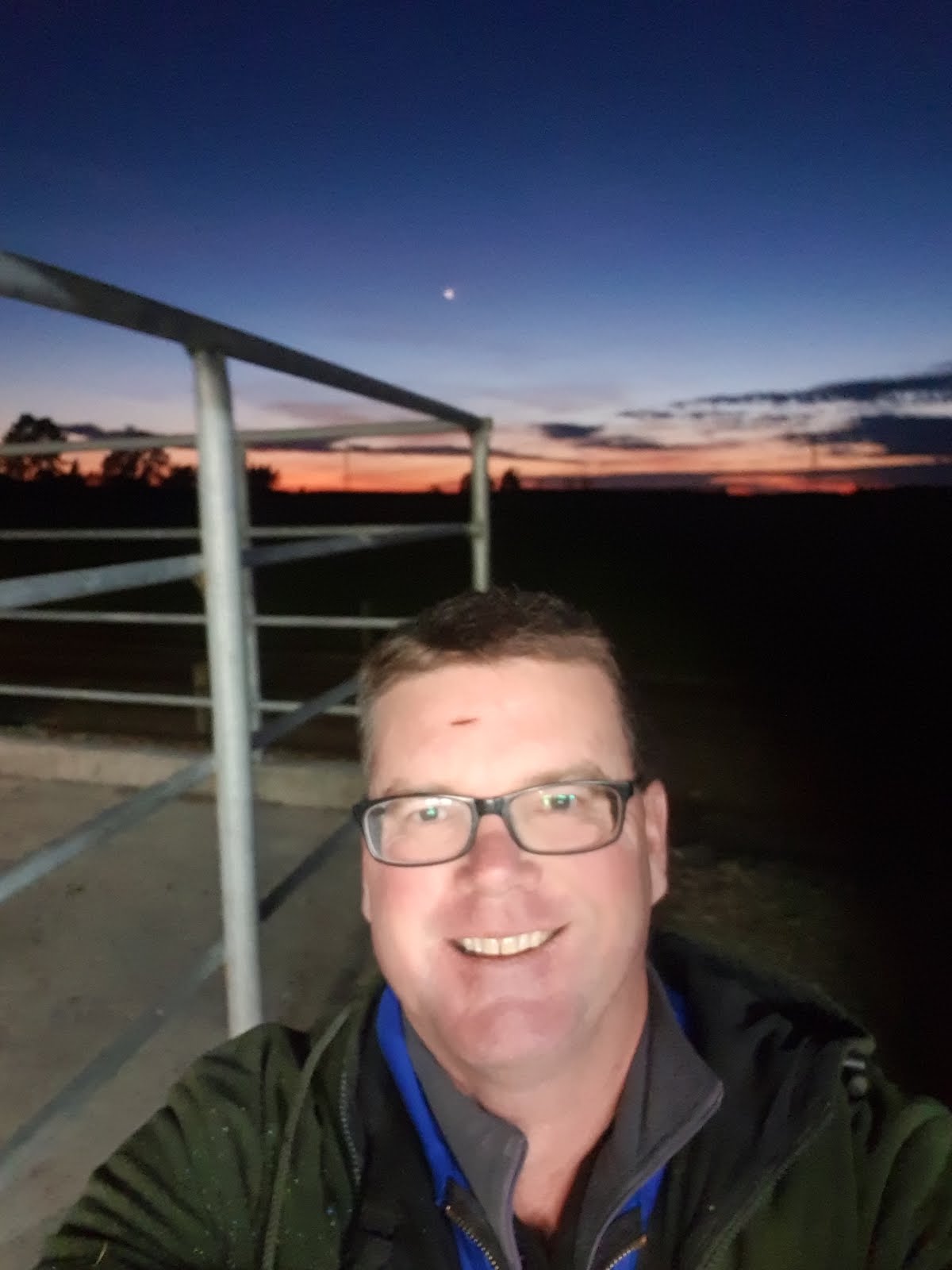An exchange on Twitter caught my eye this week; a Waikato dairy farmer had landed a new 50:50 sharemilking job for the next season and was posing proudly with his family while holding a copy of his new Federated Farmers Herd Owning Sharemilking contract.
After some light hearted banter, the farmer was asked when he was going to sign up and become a Federated Farmers member. Tongue firmly in cheek he replied that, contracts aside, the only good thing to ever come out of the old boys club that was Feds was that they fought to keep Rural Delivery going. It was pointed out to him that Federated Farmers advocate strongly on local and central government issues for farmers. “What then,” he quite reasonable asked, “is the difference between Federated Farmers and DairyNZ?”
This was an excellent point and made me ponder what exactly the groups advocating on my behalf deliver, and is it what I want.
In recent years Fonterra has moved from arguing with everything the Government announces to constructively working with those in power. Despite lingering accusations from some farmers that this is “sucking up”, the Co-operative has been able to make significant gains in areas like the Dairy Industry Restructuring Act (DIRA), and softening the impact on farmers of polices like freshwater reform and zero carbon. Fonterra does these things because they’re good for Fonterra and their farmers, so I’m happy for them to continue down this path. By happy coincidence I think the leadership role they’ve taken on environmental issues is also good for the country, and I’ve made good use of the support offered to farmers in the form of their Farm Environmental Plan services.
The Fonterra Shareholder’s Council is another entity that shifted into a farmer advocacy role when that’s not really their function. This was most obvious to me with the SHC’s press release on proposed changes to DIRA, while no doubt reflecting some farmer’s views it was quite inflammatory and at odds with Fonterra’s stance. I understand the SHC is not Fonterra but too many people, politician included, don’t differentiate. The SHC definitely has a farmer advocacy role to play, but that is by supplying farmer feedback directly to Fonterra’s Board, not by issuing press releases with their opinion on Government policy.
DairyNZ receive a levy from all milk producers in New Zealand and have used this to pay for research and development to make all dairy farmers more efficient and profitable. I still have a ring binder in my office with their Facts and Figures for Farmers series that I bought while at university. While the internet has made my ring binder obsolete, DairyNZ has always been the go to place to find up to date resources and data about the New Zealand dairy industry. With that in mind it’s disappointing that they seem to be changing their focus to that of a being a lobby group. To my mind, DairyNZ should be in the background supplying the scientific muscle to support farmers and farmer advocates.
Federated Farmers is the organisation that was set up to advocate for all farmers at both local and central government levels and their strength is in their broad membership base. Each region knows their catchment intimately and can focus their local knowledge on an issue with laser like intensity. This strength can also be a weakness because, at a local level, the battle is often being fought by members who still have the mind-set that working with the government is the same as sucking up to them.
Federated Farmers care deeply about whatever issue is in front of them at the time, and they will fight to the death for farmers on that issue, but you don’t need to win every battle to win a war and trying to win every single battle is not always the best tactic.
I am not for a minute pretending Government relations is easy, and I don’t envy Federated Farmers for the scale of the task they have, a task that seems to be made more difficult by the regional groups saying whatever they think is necessary to keep their members happy.
As the person who pays DairyNZ, Fonterra and Feds, I’d like to see them helping to protect my business by sticking to their strengths, and I’d like every other wannabe farmer lobbyists to get out of their way and let them get on with it.



